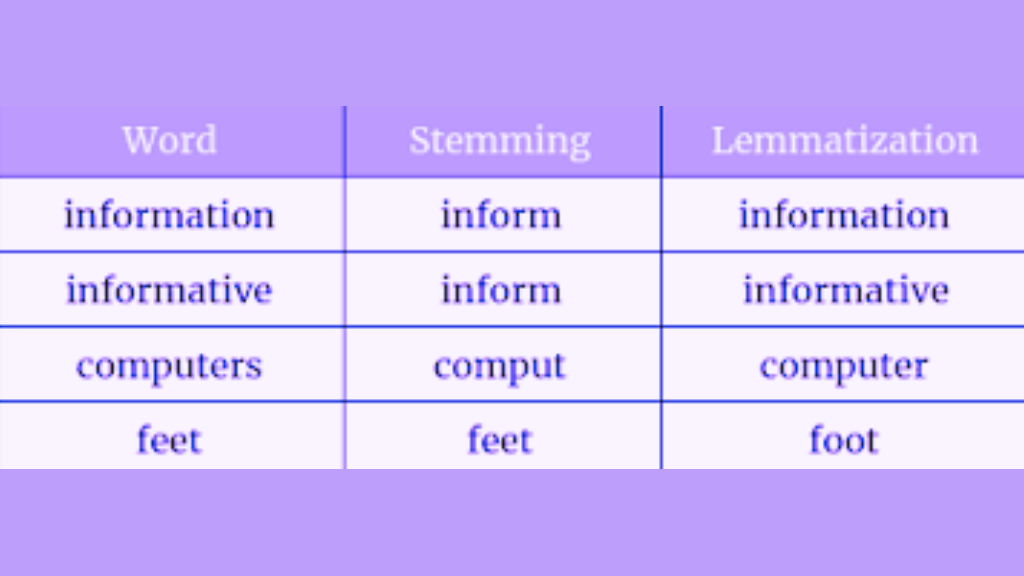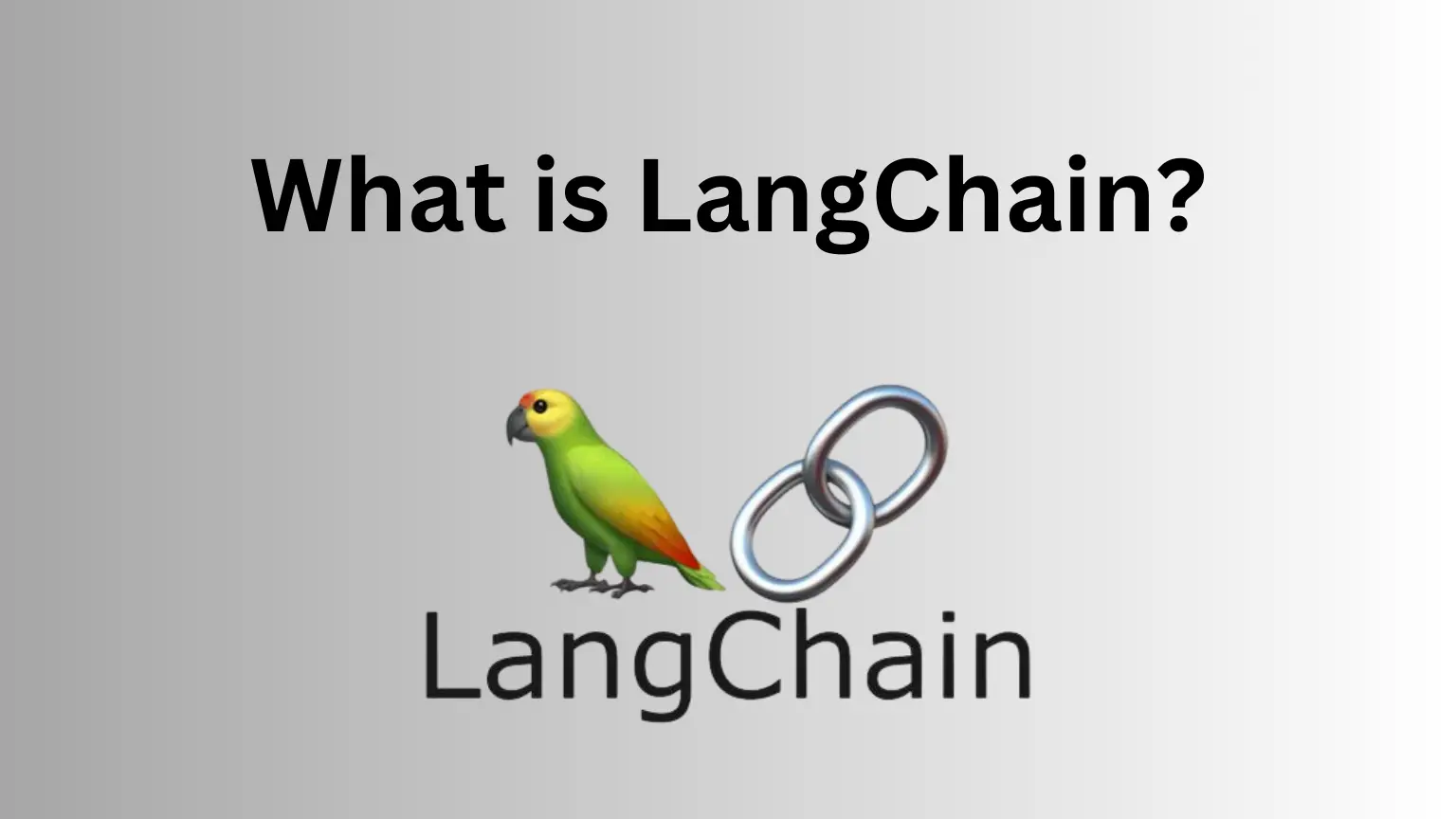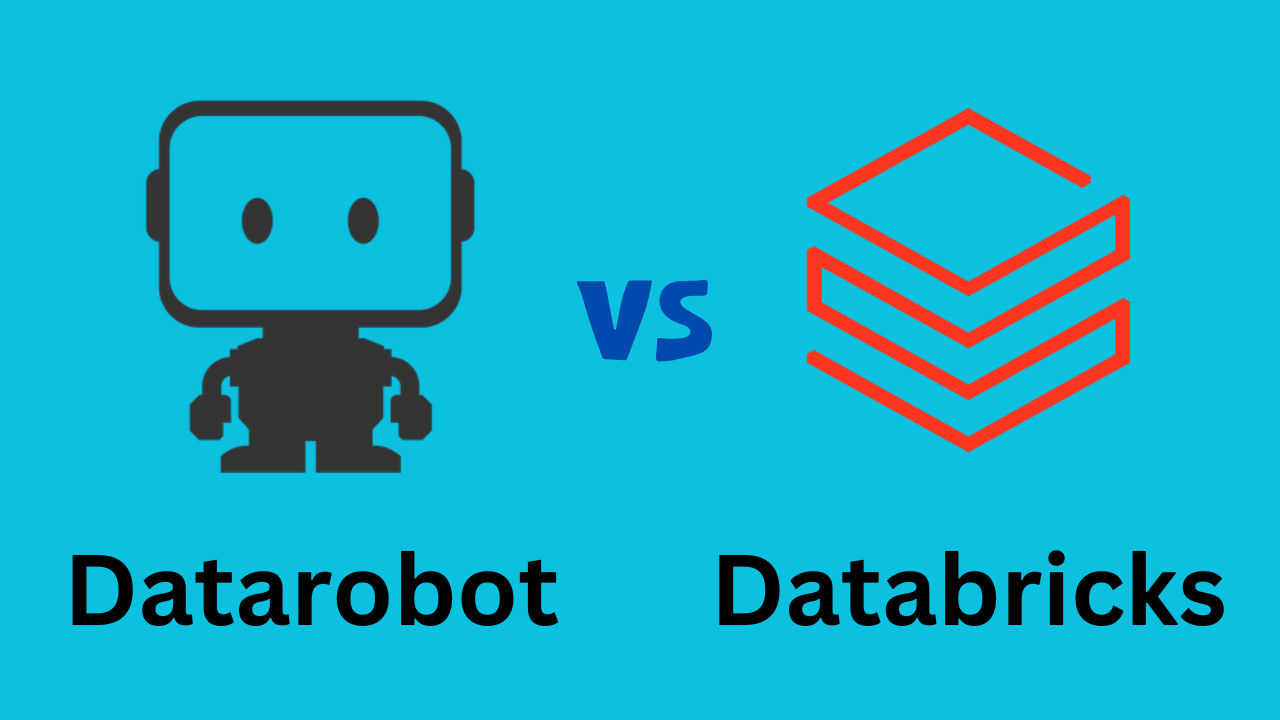A Comparison of Language Modeling Techniques for Document Retrieval!
As the amount of data and information collection continues to grow, it has become increasingly important to develop tools that can access information with ease. One such tool is language modeling, which involves techniques such as stemming and lemmatization to improve document retrieval precision. In this article, we will explore the differences between Lemmatization vs Stemming and compare their effectiveness in improving document retrieval.
Stemming
Stemming is a language modeling technique that involves reducing all words with the same stem to a common form. For example, the words “jumping,” “jumps,” and “jumped” would all be reduced to the stem “jump.” This technique is useful in document retrieval because it allows for more efficient searching of documents that contain variations of the same word.
Lemmatization
Lemmatization, on the other hand, involves removing inflectional endings and returning the base or dictionary form of a word. For example, the word “am,” “is,” and “are” would all be reduced to the base form “be.” This technique is more advanced than stemming because it takes into account synonyms of a word, resulting in more relevant documents being retrieved.
Comparing Lemmatization vs Stemming
To compare the effectiveness of stemming and lemmatization, a search engine was developed and algorithms were tested based on a test collection. Both mean average precisions and histograms indicate that stemming and lemmatization outperform the baseline algorithm. However, lemmatization produced better precision compared to stemming, with the differences being insignificant. Both stemming and lemmatization performed better than the baseline technique at both the document levels. This indicates that when queries are processed using language modeling techniques, they yield documents that are more relevant compared to queries which are not processed.

Best Image Classification Models: A Comprehensive Comparison
Why Use Language Modeling Techniques?
Speed and relevancy are essential in the retrieval of information, and information seekers look for ways to improve this aspect of the retrieval process. Language modeling techniques such as stemming and lemmatization have been shown to improve document retrievals. However, there are still a lot of non-relevant documents being retrieved, even with these techniques being applied to search queries.
- One of the main reasons to use language modeling techniques is to improve the speed of document retrieval. By reducing the number of irrelevant documents retrieved, information seekers can save time and effort in their search for relevant information.
- Additionally, language modeling techniques can also improve the relevancy of the documents retrieved. By taking into account synonyms and variations of words, lemmatization can retrieve documents that may not have been retrieved using stemming alone. This can be especially useful in fields such as medicine or law, where specific terminology is used.
- Another reason to use language modeling techniques is to improve the accuracy of document retrieval. By using these techniques, information seekers can retrieve documents that are more relevant to their search query. This can be especially important in fields such as academia or research, where accuracy is essential.
Limitations of Language Modeling Techniques
While language modeling techniques such as stemming and lemmatization can improve document retrieval, there are still limitations to these techniques.
- One limitation is the quality of the test collection used in the study. During the evaluation, it was found that most of the queries were not suitable to be used for a language model as they do not contain items that require stemming or lemmatization. Future studies should look into using other test collections to further validate the effectiveness of these techniques.
- Another limitation is the fact that language modeling techniques may not be suitable for all types of documents. For example, documents that contain a lot of technical jargon or acronyms may not benefit from these techniques. In such cases, other techniques, such as query expansion or relevance feedback, may be more effective.
Conclusion
In conclusion, both stemming and lemmatization are effective language modeling techniques for improving document retrieval precision. However, lemmatization is more advanced and produces better precision compared to stemming. Information seekers can benefit from using these techniques to improve the speed and relevancy of their document retrievals. While there are still limitations to these techniques, future studies can explore other test collections and techniques to further improve the retrieval process.

















